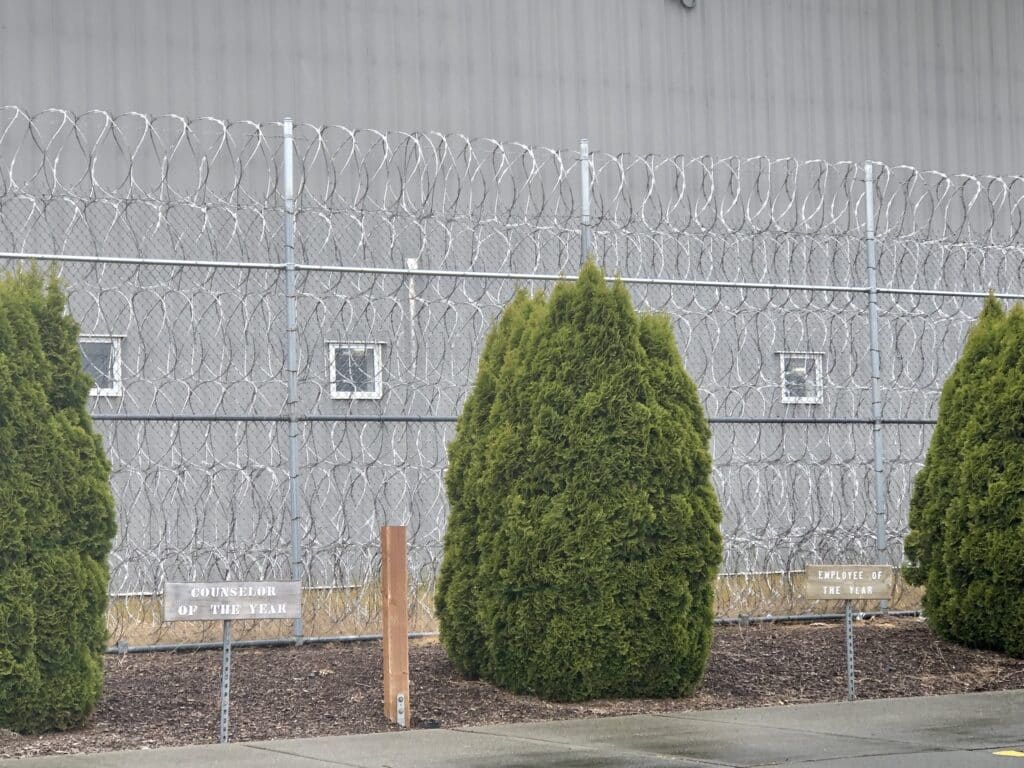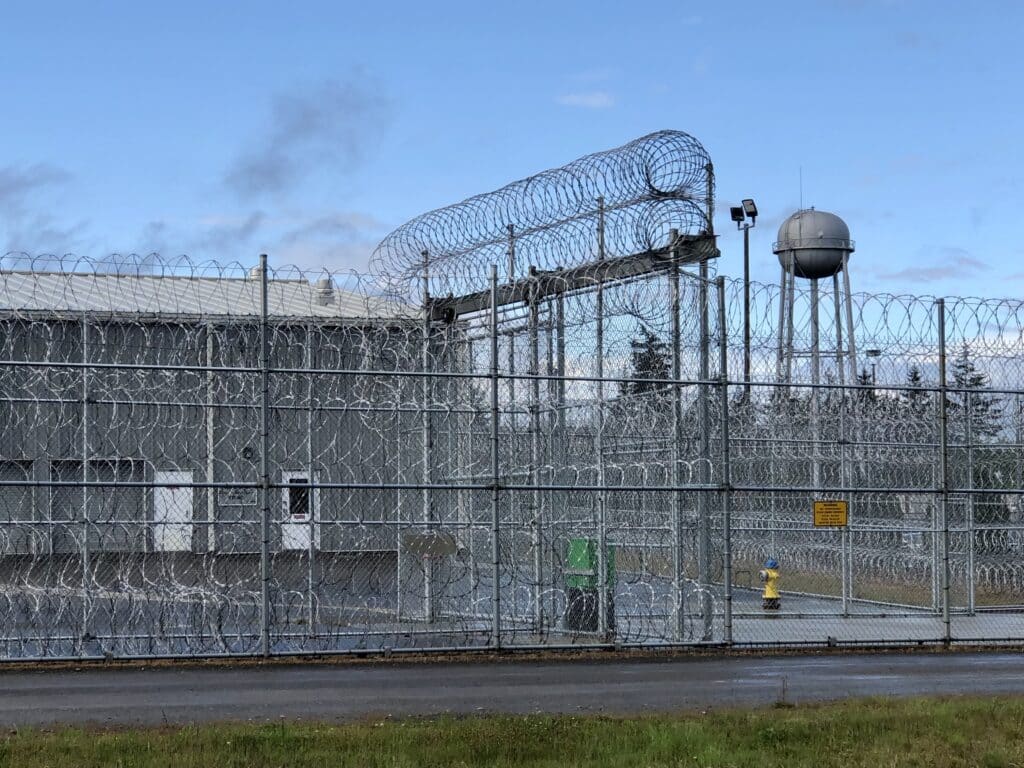Community Police & Fire
Second prison fence makes escaping doubly difficult
Only two prisoners have ever escaped from the Washington Corrections Center for Women since it opened in 1971, neither for very long.
On April 10, 1996, Olivia Chambliss scaled the tall, chain link security fence, draped a jacket over the razor ribbon coiled at the top, crawled over and dropped to the ground. She was free for two hours before being found later that Wednesday night and returned to the Purdy-area prison, according to Washington State Department of Corrections spokesman Tobby Hatley.
Chambliss in 1992 was just 16 years old when she pleaded guilty to conspiracy to commit first-degree murder and was sentenced to 15 years in prison, according to an Associated Press report. She and three others were arrested after a convenience store clerk was shot to death in a robbery March 18, 1991, in Orting. The hoist netted $97 and a half-dozen packs of Marlboro cigarettes.
It’s highly unlikely that any Purdy inmates will escape through or over the fence again. Last summer, just inside the existing barrier, in-house staff installed a second fence comprising six coils of concertina wire stacked upon one another. Those detoured to Bujacich Road by roundabout construction in downtown Gig Harbor pass within feet of the intimidating dual obstacle.
The new fence cost $1.6 million. It was added as a security enhancement from minimum to medium custody standards, Hatley said.
The second escapee didn’t tackle the fence. Shannon Becerra-Garcia, a minimum-custody offender serving a sentence for drug possession, just walked off while working with a maintenance crew outside the Purdy prison’s perimeter on June 1, 2007. She was arrested five days later at a Lakewood home by DOC and U.S. Marshal’s Service agents. She had been scheduled to be released the next month.
When the prison opened in early 1971 as the Purdy Treatment Center, there were no fences. Ninety-two inmates were transferred there from a women’s annex at the Washington State Penitentiary in Walla Walla. It avoided all prison-like appearances, with dormitory-type housing for up to 162 offenders, Hatley said.
During the late 1980s and early 1990s, significant changes were made to the facility because of security concerns related to the growing number and changing profile of inmates. In 1992, a minimum-security facility comprising seven buildings was constructed, adding 272 beds. A 102-bed close-custody unit was built in 1994, and in 1996 a 256-bed medium-security unit was added. The average daily population today is 867, from ages 18 to 93.
The only successful female escape ever recorded by the Department of Corrections was by Ampora Garcia, who was not at Purdy at the time. Garcia, serving a three-year sentence for manufacture, delivery and possession with intent to deliver drugs, was incarcerated in February 1992. She walked away from a work site at the since-closed Pine Lodge Corrections Center in Medical Lake on Oct. 28, 1996. DOC records still list Garcia as escaped, Hatley said


